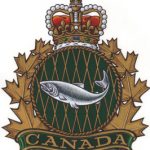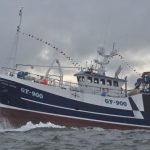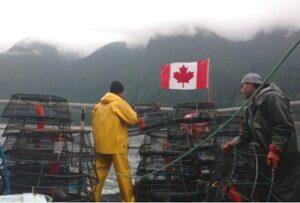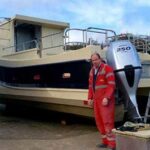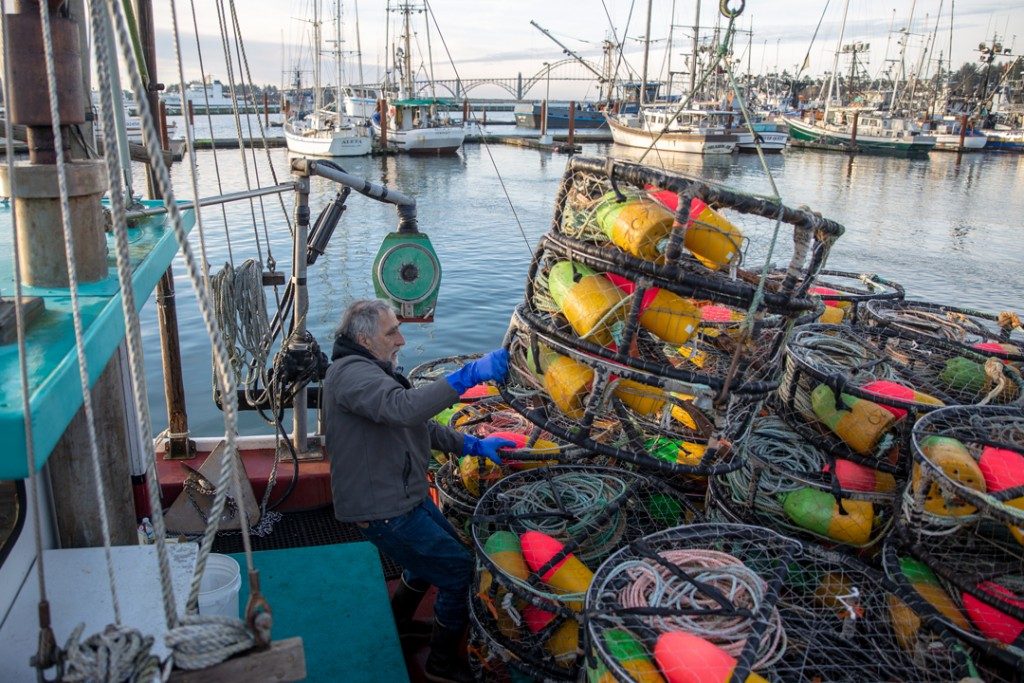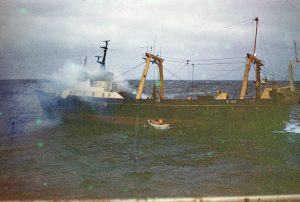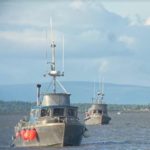Canadian Cod: The more things change, the more they stay the same.
I write this in response to some recent comments by a fisheries research scientist, Dr. George Rose, about the status of Northern Cod. Specifically, he said that we are a decade or so away from anything that would be a recovery.
Let’s turn the clock back to the mid-1980s. Inshore fish harvesters were telling fisheries scientists and managers and politicians that all was not well with the Northern Cod stock. Large cod were disappearing, historical migrations patterns were changing and cod were far less abundant and seasons were becoming shorter. Inshore fish harvesters were concerned that quotas were too high. However, at that same time the position of science was that the stock was very healthy, biomass and abundance was increasing and estimates of one million tonnes of biomass were common.
In 1987, the then Federal Minister of Fisheries and Oceans Tom Siddon, appointed a task force of 5 independent scientists to study and verify the so-called anecdotal evidence of fish harvesters. Their report, now known as the Alverson Report, concluded that there had been huge mistakes in assessing the Northern Cod stock. It concluded that there were errors in interpreting some survey information and there was reliance on a faulty mathematical model. In 1989, the acting federal Assistant Deputy Minister William Doubleday, told news media that the size and growth rate of the Northern Cod stock had been overestimated for the previous five or six years.
In 1992, the commercial fishery was closed. The single biggest layoff in Canadian history was, not unexpectedly, devastating to a way of life and rural Newfoundland and Labrador communities.
Let’s now turn the clock ahead to today. Inshore fish harvesters and recreational fish harvesters are reporting the abundance of cod is approaching the levels of the late 1970s to the early 1980s. There are large cod, medium cod, and small cod and they are found all along the coast of the island and Labrador. Additionally, if you believe the science, the spawning stock biomass of Northern Cod has increased by approximately 6000% since 2004.
In the inshore, fish harvesters are recommending modest increases in the allowable catch.
Some scientists disagree. They downplay the tremendous increase in abundance and biomass, they ignore the widening of age structure and expansion of geographic range and they run off on a rant about where we are now compared a 650,000 tonne biomass goal. In their rant, they fail to acknowledge that the 650,000 tonne goal was arrived at by including data sets and estimates that Alverson and Doubleday had already written off as being erroneous.
In the 1980s, inshore information from fish harvesters was labeled “anecdotal” and they were forced to accept what was later proven to be erroneous science. In a recent media interview a DFO Scientist rebranded the current information coming from inshore fish harvesters as being “rhetoric”.
In the 1980s, the so-called “anecdotal” information from fish harvesters could not compete with the survey data or the mathematical formulas of science and the great Northern Cod stock and rural communities suffered. In 2015, the so-called “rhetoric” from fish harvesters is set to have an equally difficult time against the 650,000 tonne hammer of science.
The stock is clearly on the road to recovery. It still has a ways to go and no one is even suggesting that quotas be jacked up to anything close to what they had been historically. Quite the contrary. It is the view of inshore fish harvesters that the road to recovery should contain milestones and as each is achieved there should be modest increases in allowable catch. They do not share the view that everything has to be put on hold until some science model says that there are 650,000 tonnes of biomass, someone then declares that the stock has recovered and then the floodgates are opened!
Harvey Jarvis\Projects Manager FFAW-Unifor
T: 709.576.7276
M: 709.728.2168
F: 709.576.1962
W: ffaw.nf.ca
PO Box 10, Stn. C
368 Hamilton Avenue, 2nd Floor
St. John’s NL A1C 5H5



































